This is a one off blog about some weeds found in tropical countries. Most of those are actually exotics from other tropical climates which originally may have been introduced as an ornamental, just as in our own temperate world!
But you will be surprised that their are also temperate plants which can become weeds in the tropics!
My blog now got a big brother in the form of a short video each week about ten popular, or not so popular weeds! Watch the video below.
The videos are created by my friend:
BrownPolar For PlantCentre ‘good is green’™
On our recent trip to Sri Lanka we saw many plants derived from all over the globe similarly as we do have here on the British Isles. They are classed as problematic or serious weeds there in most cases.
Being an island makes it vulnerable to foreign plants especially if these plants find a more ‘comfortable home’ in their new guest land! In their original home, the growing conditions might have been limited by common pests and diseases, by difficult soil conditions or by simple competition with other neighbouring plants.
It is when they take over and actually cause damage or out compete (= kill) the indigenous, or native plants that we tend to get upset.
But everything in nature evolves and changes all the time, should we not be a bit more kind and allow these plants to grow? Some of those plants have many good uses or are beautiful in their own right. Especially in the already more developed and urban areas surely any plant is a good and preferred one…
Plant Descriptions:
All information and most pictures with thanks from the video. Only the positive uses of the individual plants are mentioned here though!
For more information click link on their Botanical name.
01
Common Names: Tree marigold, Mexican sunflower Botanical Name: Tithonia diversifolia Family: Asteraceae (The Composite, Aster or Daisy Family)

Distribution: Native to Mexico and Central America. Nearly pantropical as an introduced species. Description: Perennial or annual, partly woody, shrub in open places such as grassland, road verges and ruderal communities. Commonest at high altitudes Uses: Highly effective as a fast growing, soil improver, both as a farm hedge and as green manure or fodder.
02 Common Names: Giant knotweed, Sakhalin knotweed Botanical Name: Reynoutria sachalinensis Family: Polygonaceae (Dock or Buckwheat Family)
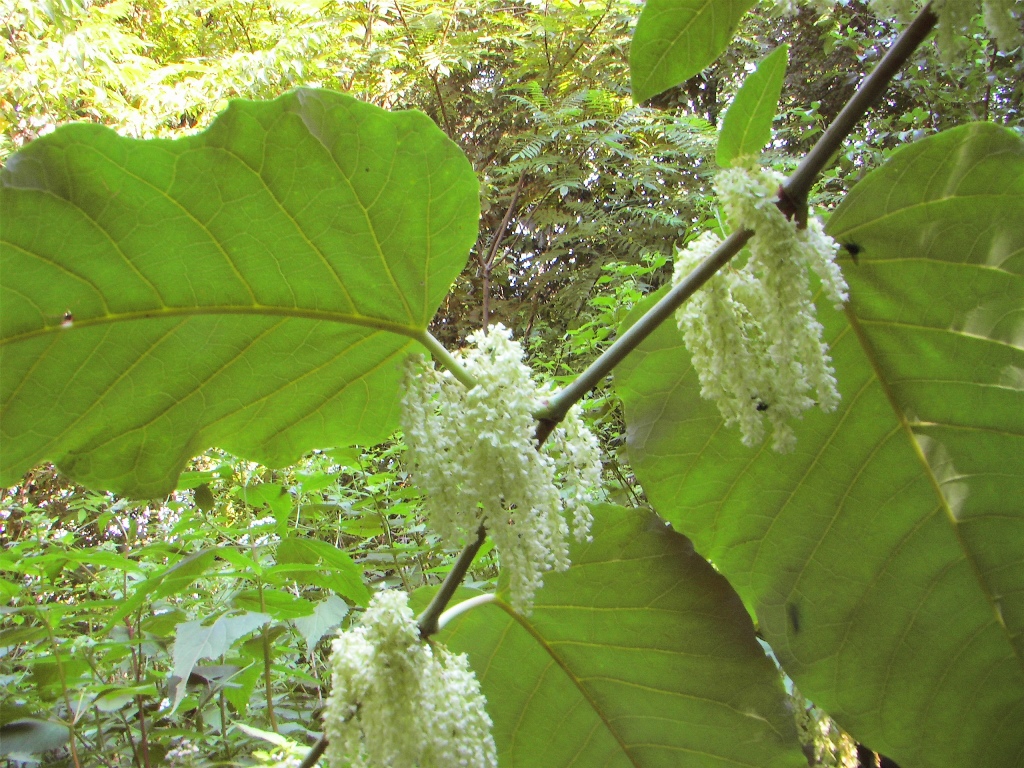
Distribution: Native to north-eastern Asia and the far east of Russia. Widely naturalised elsewhere. Description: Large, perennial herb, forming extensive colonies in woodland margins, roadsides and in ruderal communities. Uses: Highly productive and drought tolerant, forage crop.
03 Common Names: Common lantana, wild sage Botanical Name: Lantana camara Family: Verbenaceae (Verbena or Vervain Family)
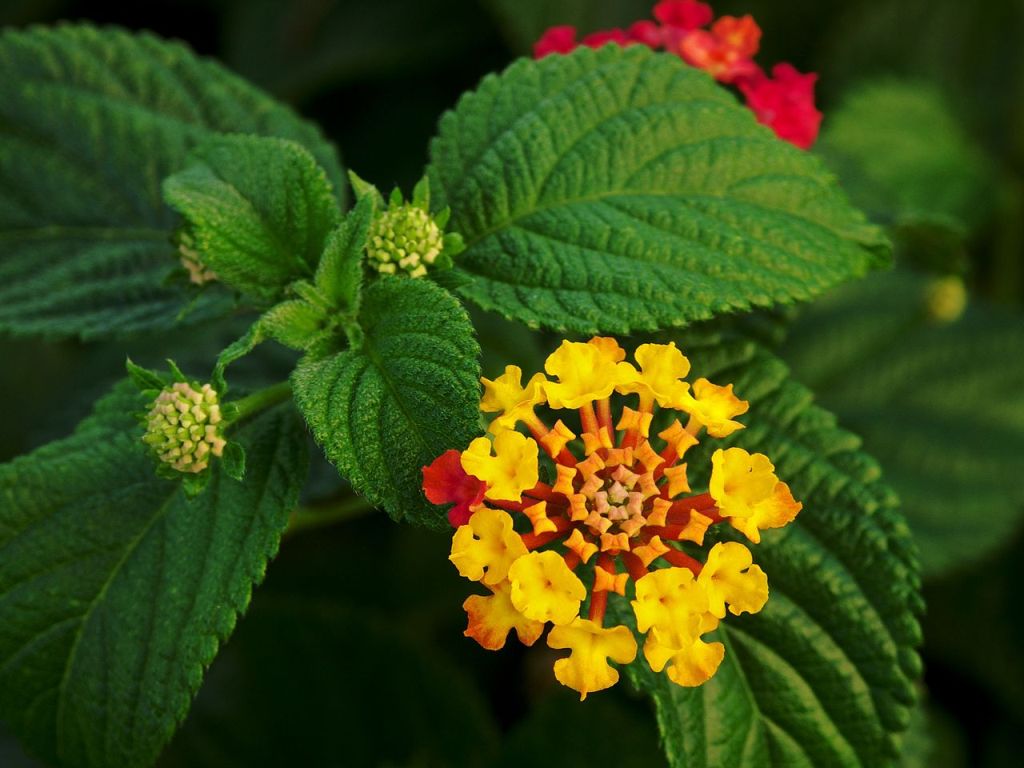
Distribution: Native to Central & South America. Naturalised in over 50 countries. Description: Small, evergreen shrub, forming dense thickets in a wide range of environments, usually in open, disturbed soils, such as logged woods and cleared or burnt farmland, and also on beach fronts. Uses: Amenity shrub with many cultivars. Fruit, edible. Beneficial to wildlife by profuse flowering and fruiting.
04 Common Names: Blue flies, blue stars Botanical Name: Aristea ecklonii Family: Iridaceae (Iris, Gladiolus or Yellow Flag Family)
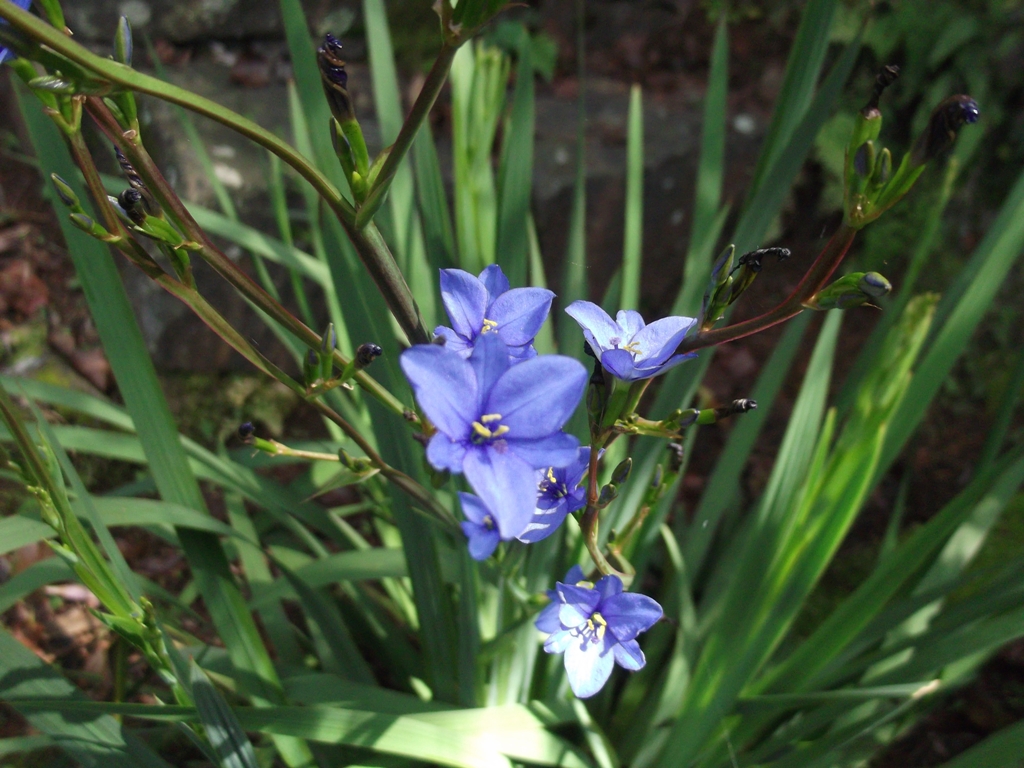
Distribution: Native to Central and Southern Africa. Naturalised in South Asia and Australia. Description: Evergreen, clump forming bulb, in such open habitats as woodland edges and grasslands at high altitudes. Uses: Amenity bulb, introduced by European colonists. We saw this everywhere in Horton Plains, Sri Lanka.
05 Common Names: Guinea grass, green panic grass Botanical Name: Megathyrsus maximus Family: Poaceae (The Grass Family)
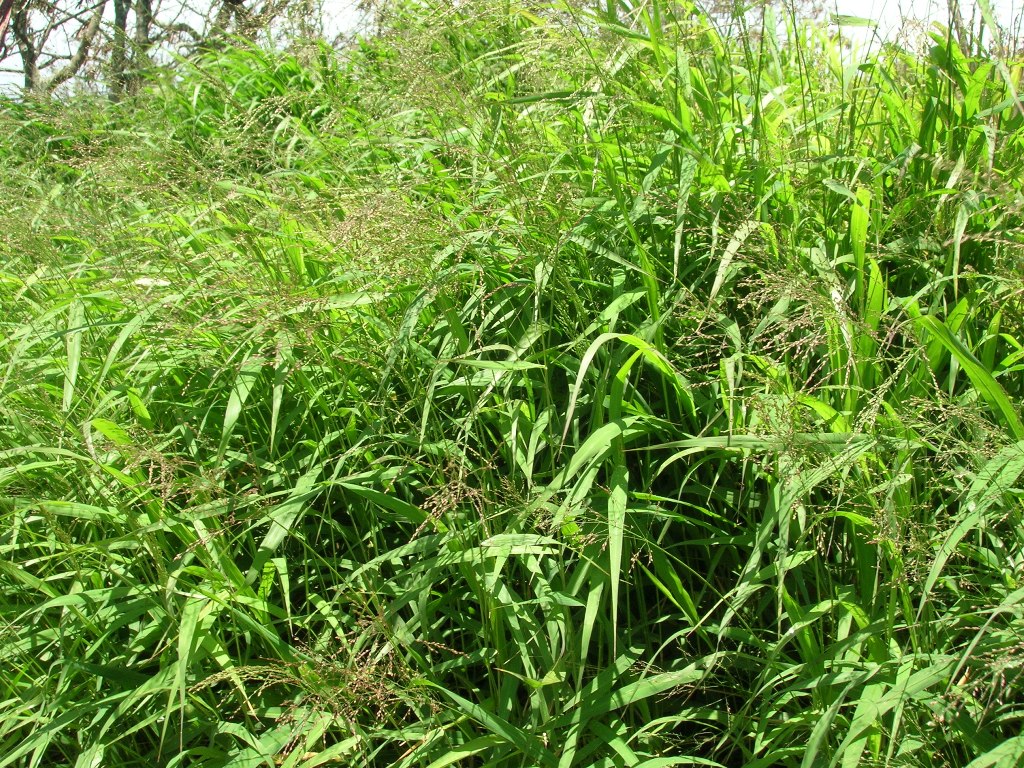
Distribution: Native to Africa, Palestine and Yemen, and has been introduced throughout the tropics, primarily by European colonists. Description: Tall, evergreen grass, forming extensive clumps almost everywhere, but usually at moist, mid altitudes. Uses: High yielding, protein rich, foraging grass, tolerant of shade and pests.
06 Common Names: Bracken, brake Botanical Name: Pteridium aquilinum Family: Dennstaedtiaceae (Bracken Family)
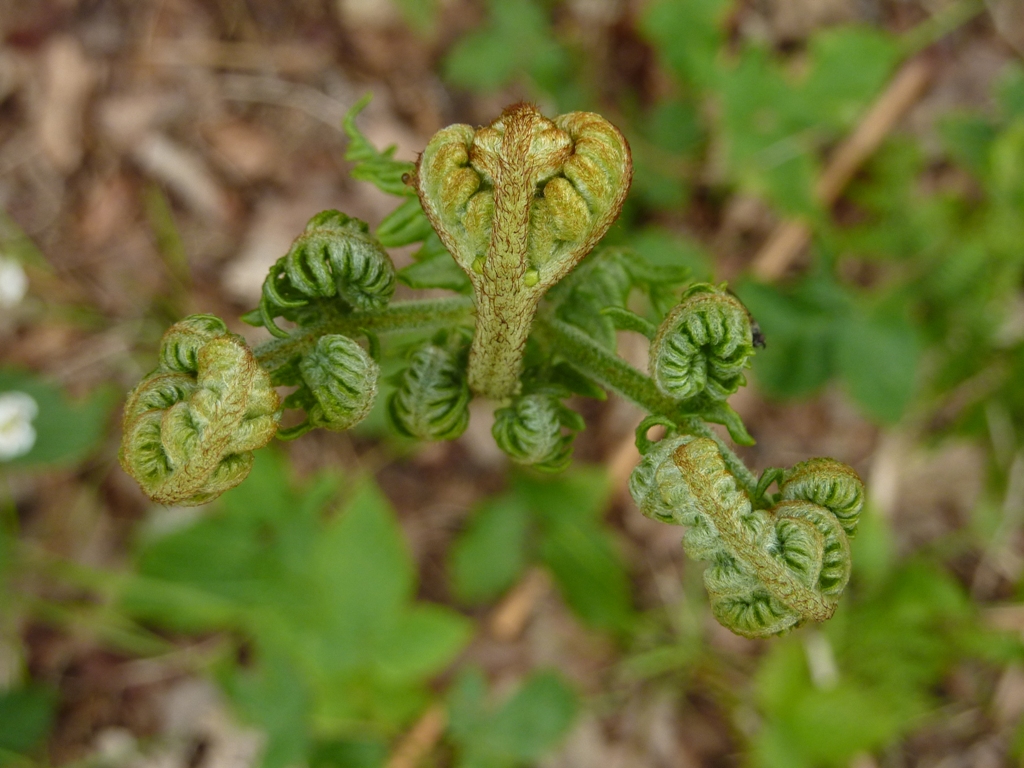
Distribution: The plant with the broadest, native range, but considered European in origin. Found throughout the subtropics, mostly having escaped from colonial farms. Description: Deciduous (temperate) or evergreen (subtropics) fern, forming expansive thickets almost everywhere, though usually in hill bogs, heaths and in woodland gaps. Uses: Vegetable, flour and starch. Source of fuel, thatch, bedding, peat-free compost and potash. Numerous uses in traditional medicine in temperate climate countries.
07 Common Names: Gorse, furze, whin Botanical Name: Ulex europaeus Family: Fabaceae (The Legume, Pea or Bean Family)
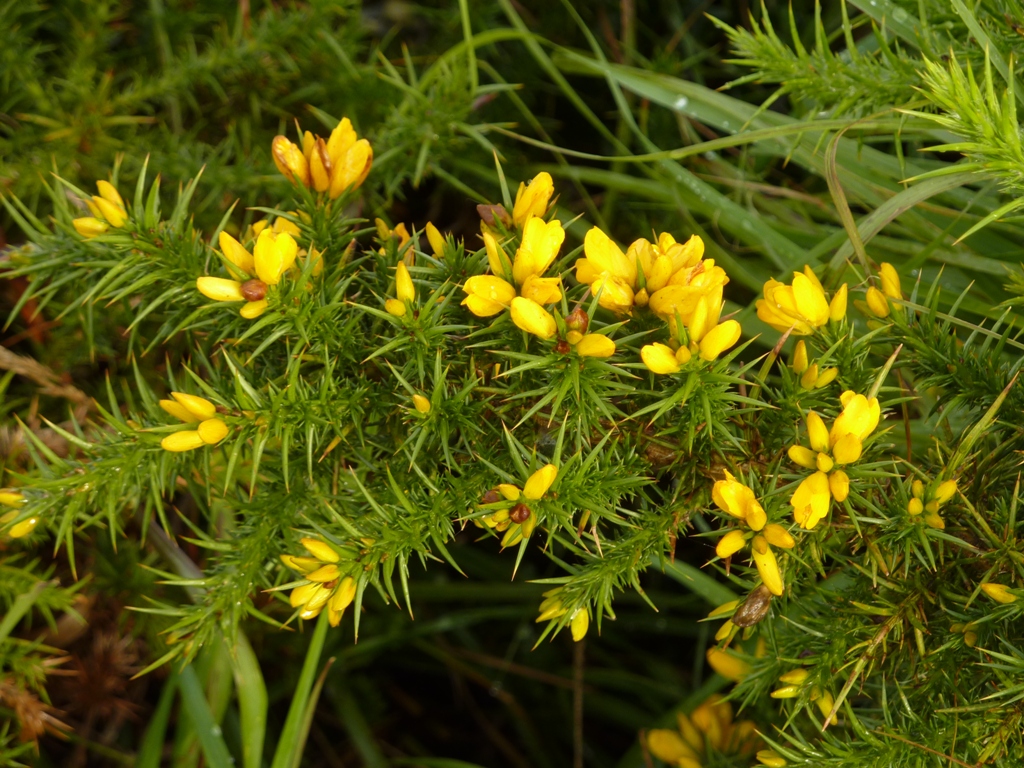
Distribution: Native to the British Isles and Western Europe, but has naturalised elsewhere. We saw this in Horton Plain, Sri Lanka. Description: Evergreen shrub, forming dense and extensive clumps in open or disturbed areas. Uses: Attractive, hedge or groundcover plant, tough and hardy. Flowering throughout the year, benefiting insects. Highly useful, nitrogen fixer. Contains Lectin, a useful, biomedical compound.
08 Common Names: Siam weed, Christmas bush, devil weed Botanical Name: Chromolaena odorata Family: Asteraceae (The Composite, Aster or Daisy Family)

Distribution: Native to Americas, but is widespread in the subtropics. Description: Large, shrubby, evergreen herb, naturally in open or disturbed habitats. Uses: Amenity; fodder; soil conservation and improvement; fuel; and medicinal.
09 Common Names: Pond apple, alligator apple, swamp apple Botanical Name: Annona glabra Family: Annonaceae (Custard Apple or Soursop Family)
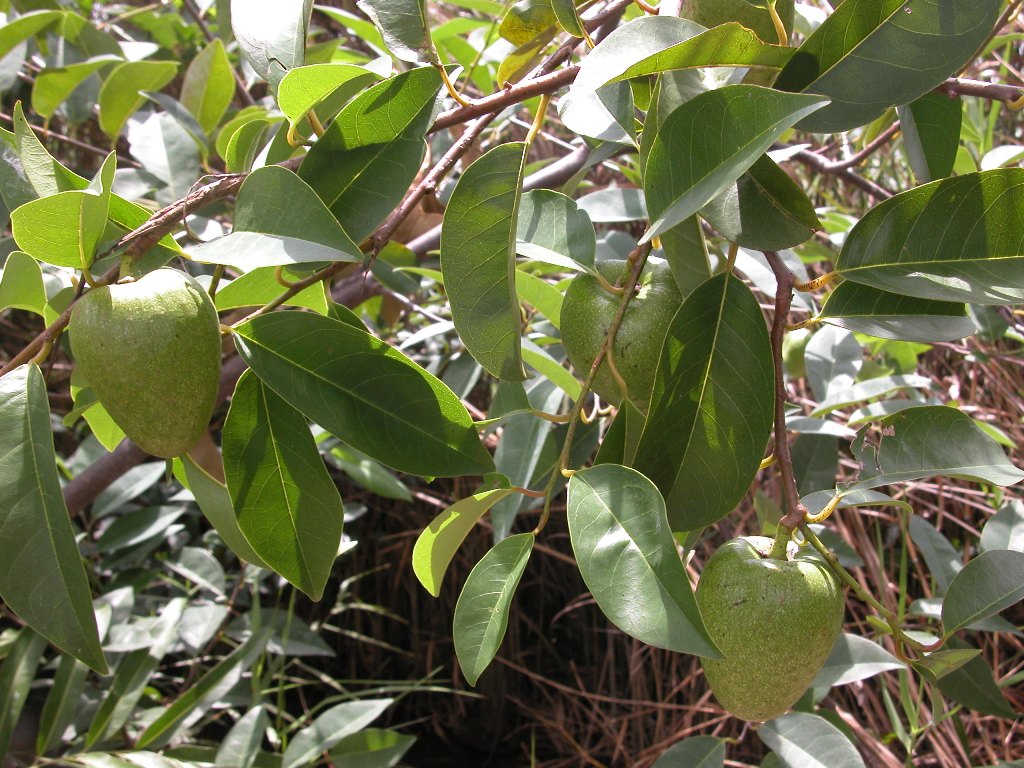
Distribution: Native to Florida in the United States, the Caribbean, Central and South America, and West Africa, but widely naturalised in Australia and in Sri Lanka. Description: Medium, evergreen tree or shrub, in wet, swampy, riparian, coastal or mangrove habitats, being tolerant of periodic submerging and of brackish water. Uses: Fruits edible ripe or as juices and jams; seed extract traditionally for lice and potentially for cancer treatment.
10 Common Names: Common water hyacinth Botanical Name: Eichhornia crassipes Family: Pontederiaceae (Water Hyacinth Family)
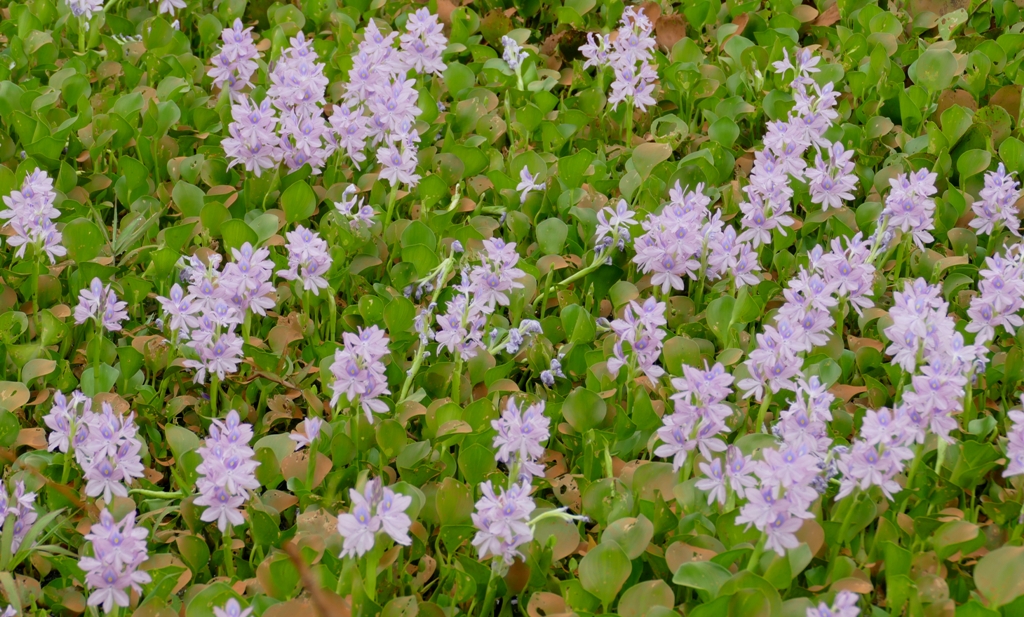
Distribution: Native to Amazon Basin, but has naturalised throughout the tropics. Description: Evergreen, floating aquatic, vigorously forming extensive mats in fresh, still waters, like ponds, reservoirs and lakes. Uses: Leaf, root or flower as a vegetable rich in carotene; highly productive, green manure; water purification and waste management, for furniture, rope, baskets and for woven goods; in traditional medicine, and potentially, as a bioherbicide.
Hope you enjoyed these ‘unusual’ tropical weeds and back to some more common temperate weeds soon!
